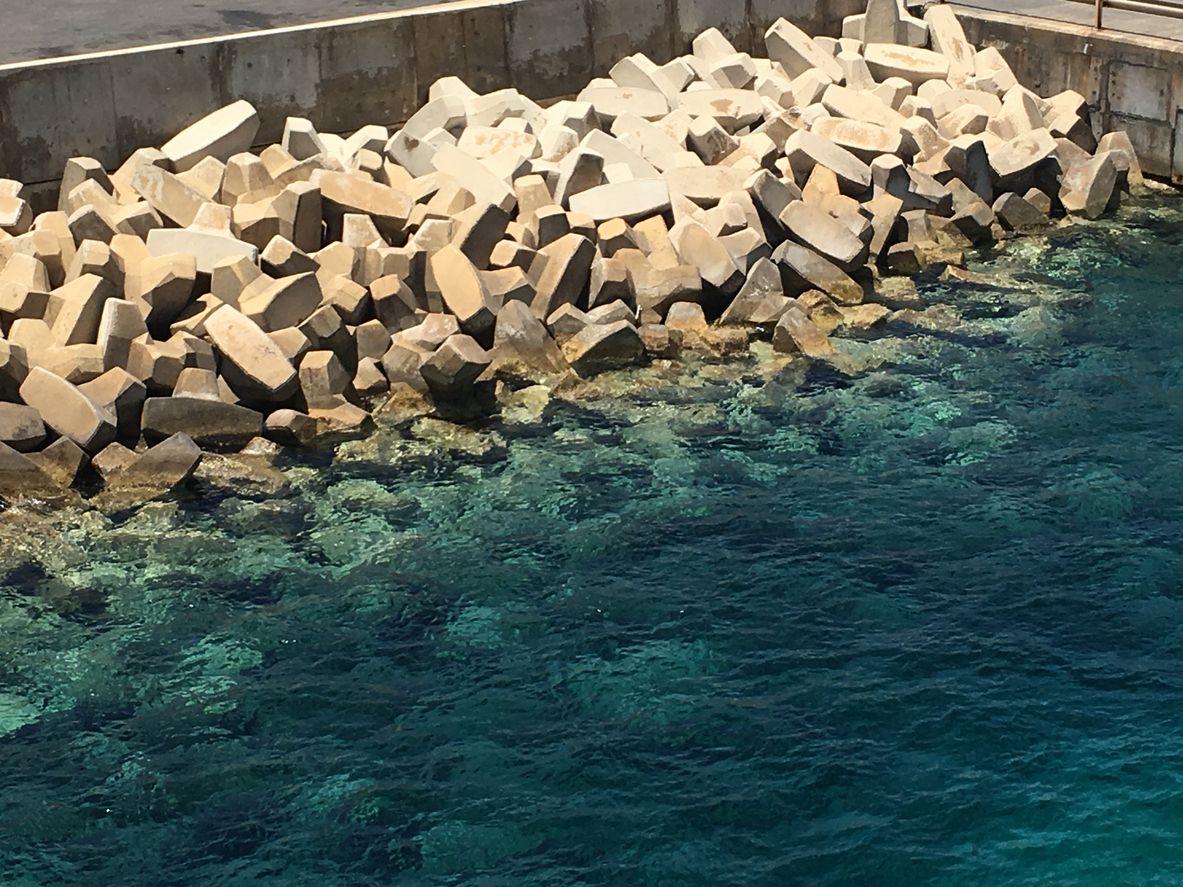
Rise in sea level, coastal erosion: Looming threats that TN's coast faces

BJD MP Sasmit Patra recently told the Rajya Sabha that the coastal states of West Bengal, Andhra Pradesh and Tamil Nadu, have been bearing the brunt of natural disasters in the country over the past century and thus should be granted special funds to deal with calamities.
For the residents of Tamil Nadu, the statement not only evokes memories of the devastating aftermath of the Chennai floods and cyclones like Vardah, Okhi and Gaja, but also raises questions on the vulnerability of the state’s coast to natural calamities brought about by erratic sea behaviour.
What causes coastal erosion?
Experts say the Tamil Nadu coast faces two major issues – increase in sea level, a consequence of climate change which triggers cyclones; and coastal erosion.
“The sea is shallow up to 4,000 to 5,000 metres off the coast along the Bay of Bengal and deepens only near the Gulf of Mannar. On the other hand, the depth of the Arabian Sea begins a few metres from the coast. The shallow nature of the sea in the Bay of Bengal which adjoins the four states, makes them more vulnerable to geological changes like coastal erosion, coastal acidification and coastal pollution,” said S Srinivasalau, director and professor, Institute for Ocean Management (IOM), Anna University.
Srinivasalau’s department has been researching on coastal erosion and related changes for the past many years.
Almost 7% of the cyclones across the world are formed in Bay of Bengal alone, Srinivasalau said.
“The rate of cyclone formation may look like a small number. But considering Tamil Nadu’s population, the impact of the cyclones will be high. Every year the intensity of cyclones is growing,” he added.
Although the eastern coast is vulnerable to cyclones, eustatic changes, shifting of coastline, coastal pollution and ocean acidification, Srinivasalau says immediate intervention is needed to check coastal erosion.
Looming threat
Dr A Ramachandran, emeritus professor at Centre for Climate Change and Disaster Management, which has conducted a recent study on the rise in sea level, the latter will affect 13 coastal districts of the state namely Chennai, Thiruvallur, Kancheepuram, Cuddalore, Villupuram, Nagapattinam, Thiruvarur, Thanjavur, Pudukkottai, Ramanathapuram, Thoothukudi, Tirunelveli and Kanyakumari.
“Due to global warming, the sea surface witnesses a thermal expansion which alters the air circulation. This in turn affects the pattern of rainfall, causing extreme events like floods and cyclones. Earlier the rainfall was evenly spread over 60 days and now the same amount pours down within 20 days. This leads to frequent floods, as the state doesn’t have proper scientific town planning and drainage systems to store excess rainwater,” he said.
The rampant usage of groundwater in the coastal districts has also paved the way for intrusion of saline water into freshwater aquifers. All the 13 coastal districts have witnessed a sea intrusion of almost 2 km off the coast, Ramachandran said.
“In another 20 years, say in 2040, most of the land in those districts will become saline,” he added.
Interventions needed
How can the state deal with such problems?
Srinivasalau says about 46% of the TN coast is getting eroded. It is to be noted that the state’s coastline is 1,076 km long. “How can coastal erosion be stopped along such a vast coastline?” he asks.
He, however, proposes four kinds of interventions that can slowdown coastal erosion – hard engineering, soft engineering, doing nothing and retreating.
“We always consider the last two options as the best,” Srinivasalu said.
Hard engineering includes construction of jetties and setting up groynes (to protect banks from erosion). Soft engineering includes creating bio-shields like planting vegetation across the coastline and installing underwater walls (using sand bags).
“We advise people in coastal areas to shift their homes to elevated lands. But the suitability of interventions depends on the places,” he said.
For instance, the installation of groynes in Chennai’s Kasimedu are triggered coastal erosion in parts of North Chennai instead. Similarly, groynes put up in Puducherry, have now created coastal erosion in Villupuram district, added Srinivasalu.
“We must consider the coast as a homogenous body. But we are not doing that,” he said.
Ramachandran has said the first step towards planning adaptation policies is to study the sea level rise (SLR) for every three years. The CCCDM has conducted its last study in 2017. According to him, community adaptation is the need of the hour.
“During the time of disaster, each village should have firewood for at least one week. They must store food grains like rice. They should be provided one or two days of training to live without LPG cylinders and electricity. They must be trained to lead a non-diesel, non-petrol life for a couple of days. The government should provide the coastal people with climate-proof houses. The electricity lines should go underground in coastal districts in the future,” he said.
Besides that there must be accountability in disaster relief funds. “Since, they are not audited, there is always a possibility for corruption,” he added.

